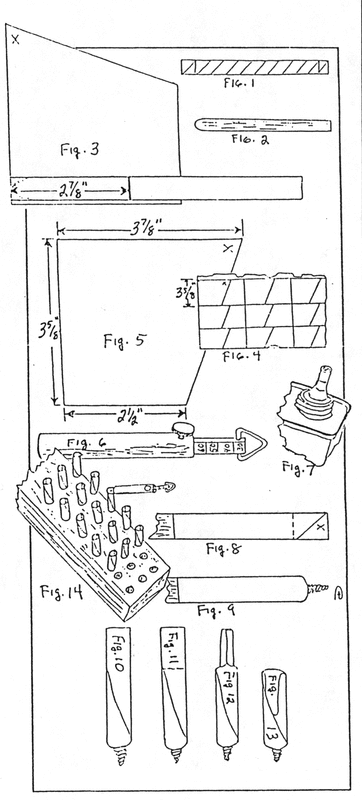How To: Rolling Your Own Cartidges
|
by Lyle D. Bishop III
(With the continuing growth of the reenacting hobby I thought it might be a good idea to run this "how-to" about rolling cartridges. Lyle Bishop was kind enough to submit this "how-to. " -ed.) This is my method of making a cartridge which is close to the 1840 and 1861 Regulations. They are a little small because there is no bullet but they look good and work well. Required items:
MAKING THE CARTRIDGE:
Note: In order to make things go faster I use a piece of 2x4 with holes drilled in it the size of the cartridge. I fill the block with empty paper cartridges, then fill all of them. Then fold each. This way you can fill a lot of cartridges at one time, I have 33 holes in mine, you can make it as large as you wish. It also helps to keep count of the number made. |
